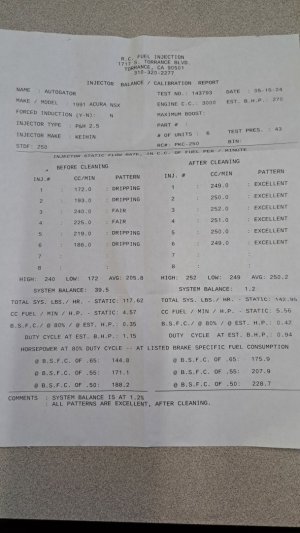As long as it is running! And smoothly, I’d say everything is alright. Do double check the belt tension, but I think correcting the alignment was what the problem was
I haven’t done a TB on C30, but did it on my C27 years ago and numerous K series. The old spring tensioner was simple, almost primitive compared to what are on most modern engines. The whole turn the engine anti-clockwise to get rid of any slack seems to work fine as long as all the steps are followed.
I haven’t done a TB on C30, but did it on my C27 years ago and numerous K series. The old spring tensioner was simple, almost primitive compared to what are on most modern engines. The whole turn the engine anti-clockwise to get rid of any slack seems to work fine as long as all the steps are followed.






